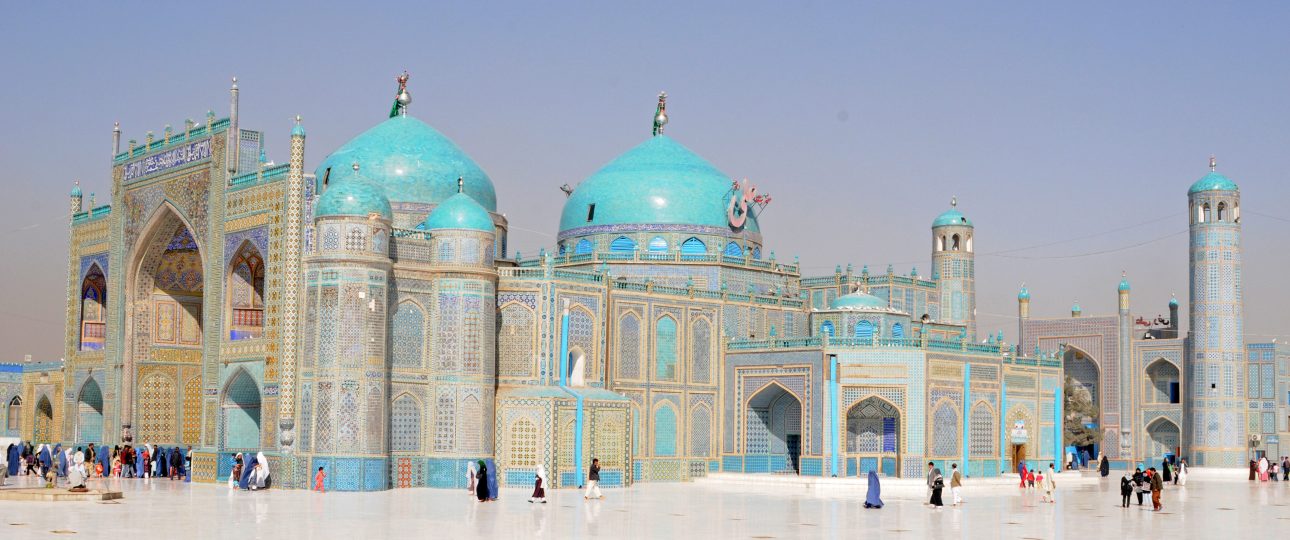Mazar-e Sharif: A Journey Through History and Culture
Historical Significance
Mazar-e Sharif, the fourth largest city in Afghanistan, is steeped in history and cultural heritage. Founded in the 12th century, the city grew around the Shrine of Hazrat Ali, also known as the Blue Mosque. This site is believed to be the burial place of Ali bin Talib, the Prophet Muhammad’s cousin and the fourth caliph of Islam. Although many Muslims outside Afghanistan believe Ali is buried in Najaf, Iraq, the Blue Mosque remains a revered site, attracting pilgrims from around the world.
Historically, the region was known as Bactria, with Balkh as its capital. Mazar-e Sharif assumed the role of regional capital in the mid-19th century after Balkh was abandoned due to disease. The city is a crossroads of trade and is known for its ethnic diversity and relatively liberal atmosphere compared to other Afghan cities.
Exploring the City
While the Blue Mosque is the primary attraction, Mazar-e Sharif offers more for the curious traveler. The Qala-i-Jangi fortress, located 30 minutes from the city, is infamous for its role in the American-backed defeat of the Taliban. Though not a tourist attraction, it offers a glimpse into recent history. Visitors may need a local guide to gain access, as the fortress is used by the Afghan military.
Another site of interest is the Takht-e Rustam, a 5th-century Buddhist stupa and cave complex located between Mazar and Pol-e Khomri. Unlike most stupas, it is carved from bedrock, offering a unique historical perspective.
Natural Beauty
Mazar-e Sharif is surrounded by beautiful mountains, providing a scenic backdrop to the city. However, contrary to some reports, Band-e-Amir National Park is not located near Mazar-e Sharif but rather in Bamyan Province, a significant distance away. Travelers should plan accordingly if they wish to visit this stunning series of lakes.
Best Time to Visit
Spring and autumn are the best times to visit Mazar-e Sharif, with mild and pleasant weather ideal for exploring. Summers can be hot, and winters are cold, so plan your trip to match your weather preferences.
Getting There and Around
Mazar-e Sharif is accessible by road and air. The city has an international airport located 9 km east of the city center, with flights from Kabul and occasionally from Mashhad, Iran. By road, the journey from Kabul via the Salang Pass takes about five hours. Taxis are plentiful and affordable for getting around the city, but always negotiate the fare beforehand.
Local Insights
While Mazar-e Sharif offers a rich cultural experience, travelers should be aware of the challenges. The region’s security situation can be volatile, and it’s essential to stay informed about current conditions. Additionally, while the city is relatively liberal, it is still important to respect local customs and dress modestly.
For those interested in shopping, the local bazaars offer hand-woven carpets, including Turkoman and Afghan rugs. Several banks, including Afghanistan International Bank and Azizi Bank, have branches in the city for financial services.
Final Thoughts
Mazar-e Sharif is a city of contrasts, where ancient history meets modern challenges. Its rich cultural tapestry and historical significance make it a fascinating destination for those willing to explore beyond the usual tourist paths. With careful planning and respect for local customs, a visit to Mazar-e Sharif can be a rewarding experience.




